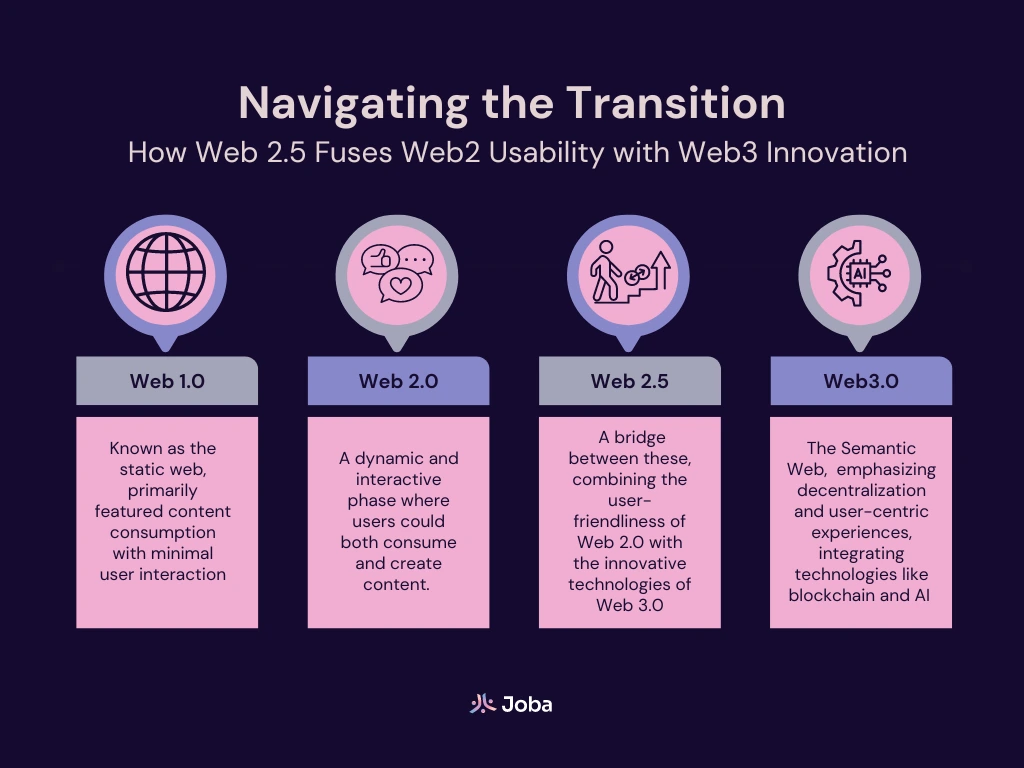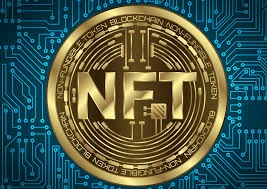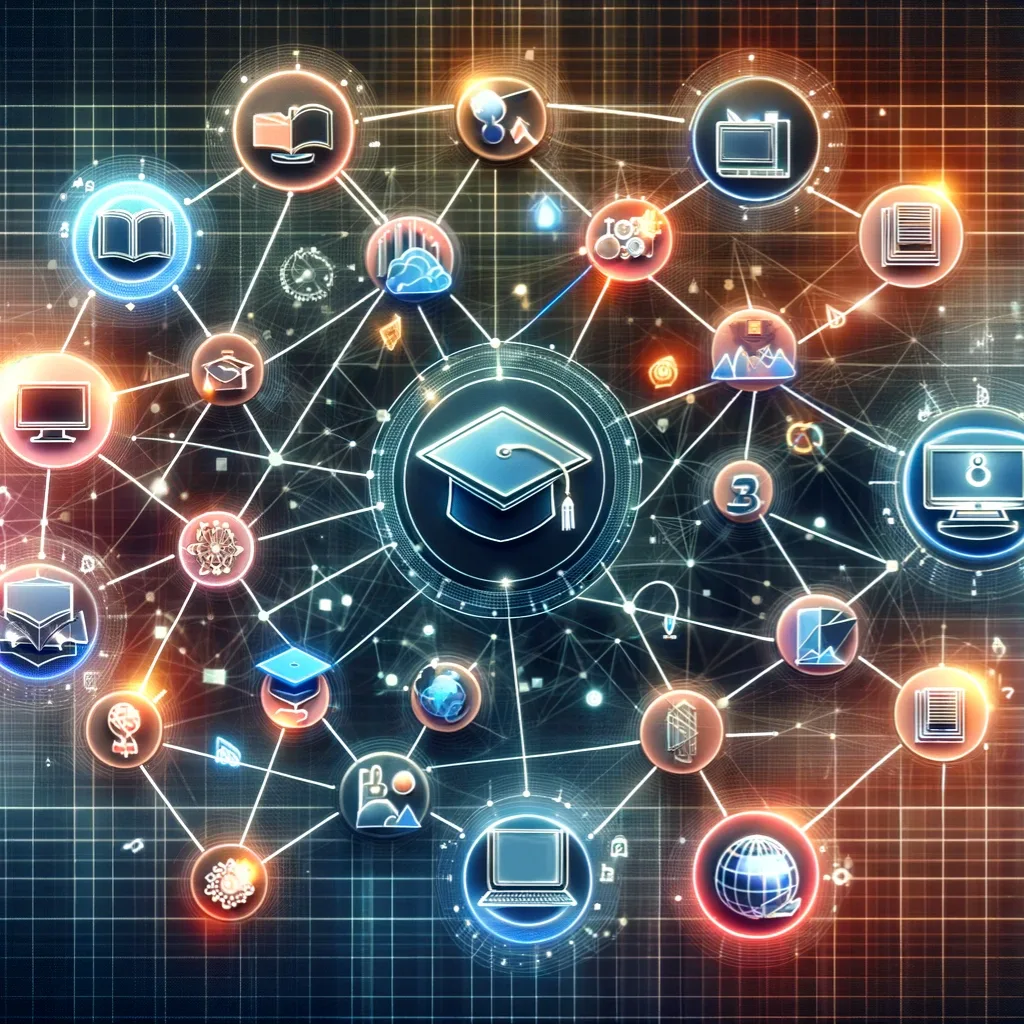Web2.5 Explained: Why This “In-Between” Internet Matters
Let’s break it down simply. Web2.5 explained is the story of the internet’s awkward transition phase. Picture a wooden bridge—kind of shaky but doing its job—connecting today’s familiar internet (Web2) with the newer, more complex Web3 future.
You might’ve already seen Web2.5 without realizing it. Think apps that mention “blockchain” but still let you log in with your email. Or websites offering NFTs and crypto rewards, but they don’t make you set up a crypto wallet or learn new tech. That’s Web2.5 in action.

What Is It, Exactly?
Web2.5 isn’t a new official version of the internet. You won’t find a rulebook or tech standard for it. Instead, it’s a nickname for platforms and services that mix old and new ideas:
- They let users own digital assets (like NFTs or tokens),
- They might use blockchain behind the scenes,
- But they still feel like Web2—you log in with a password, you use an app, everything looks normal.
It’s Web3—but with training wheels. And for most people, that makes it easier to try.


Web2.5 Explained with Easy Real-Life Examples
Still fuzzy? Let’s look at a couple of real examples:
- Reddit’s NFT Avatars: You buy a digital avatar (like a cool online profile pic). It’s stored on the blockchain—but you don’t need to set up a crypto wallet or know what gas fees are. Reddit handles that for you.
- Starbucks Odyssey: It’s a rewards program. You earn stamps for doing activities, and those stamps are actually NFTs. But the experience feels just like a normal Starbucks app.
These apps are hiding the Web3 complexity behind a simple Web2-style interface. It’s like blending spinach into a fruit smoothie—you get the nutrients without the taste.


Why It Exists (And Why It Makes Sense for Now)
Here’s the truth: Web3 is exciting, but it’s still tough for most people to use.
Think about it: setting up crypto wallets, managing secret phrases, worrying about scams… it’s a lot. That’s why Web2.5 exists—to smooth out the path.
It helps because:
- People want more control over their data, but without all the hassle.
- Developers want to experiment with Web3, but keep things easy for users.
- Businesses want to explore new ways to make money, without ditching their old systems.
So Web2.5 is the middle ground. It’s not perfect, but it’s useful. And some believe it’s not just a temporary step—it could be where the internet naturally lands.

Web2.5 Explained: What’s Not So Great About It?
Okay, let’s talk trade-offs.
- Still centralized: Even if it uses blockchain, your account and data are often still controlled by the platform.
- You might not fully “own” your assets: If the company shuts down, your NFT could vanish too.
- Could slow down Web3 adoption: Some say that Web2.5 might delay the move to true decentralization by keeping people comfortable.
So while Web2.5 is easier, it’s not the full Web3 dream—yet.
Final Thoughts: Web2.5 Explained in Simple Terms
If you’ve read this far, congratulations—Web2.5 is now something you understand.
It’s a bit confusing. A little messy. Not fully Web2, not fully Web3. But it’s a step forward. It gives people a way to explore Web3 without diving in headfirst.
Whether it sticks around or becomes something else, Web2.5 is shaping the future of the internet right now.
So don’t worry about mastering everything at once. Just know that you’re already walking across that wooden bridge—and learning with every step.
Relevant Link : Here



